TU Delft maritime Hydrogen-powered VTOL drone flies longer and greener, over land and water, and can land almost anywhere.
A Hydrogen-powered drone that can fly sustainably for long distances, will be able to serve a wide range of applications.
There are already drones that fly using ‘green’ hydrogen, but they either fly very slowly or cannot land vertically. That’s why researchers at TU Delft, together with the Royal Netherlands Navy and the Netherlands Coastguard, developed a hydrogen-powered drone that is capable of vertical take-off and landing whilst also being able to fly horizontally efficiently for several hours, much like regular aircraft.
The drone uses a combination of hydrogen and batteries as its power source. The first successful tests were held in one of the most challenging scenarios: from a ship sailing on the open seas. This also brings maritime applications within reach and represents a new step in making aviation more sustainable.
A drone that flies over densely populated areas or the open sea has to be able to take off and land vertically, for example on an apartment complex or the afterdeck of a ship. This drains a lot of power from the battery and is detrimental to the flight duration. Fossil fuels are often used to increase aircraft range and endurance, but this is not a particularly sustainable solution. Moreover, to fly efficiently over long distances, a drone needs wings, however, fixed-wing drones require additional facilities to land, such as a runway or a net. So all in all, up to now no drones have been developed that can sustainably fly long distances and still take off and land almost anywhere.
Bart Remes, Project Manager at the Micro Air Vehicle Lab (MAVLab) of TU Delft: “That is why we developed a drone that can take off and land vertically using hydrogen plus a battery set, and that during the horizontal hydrogen-powered flight can recharge the battery via a fuel cell, ready for the vertical landing. The fixed-wing design and the use of hydrogen means the drone can fly horizontally for hours at a time.”
source DU Delft

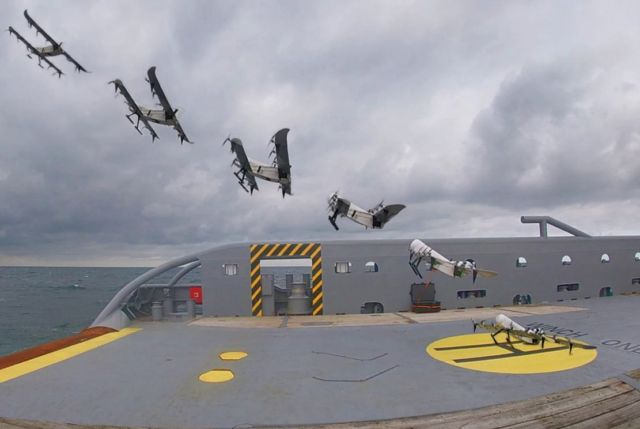
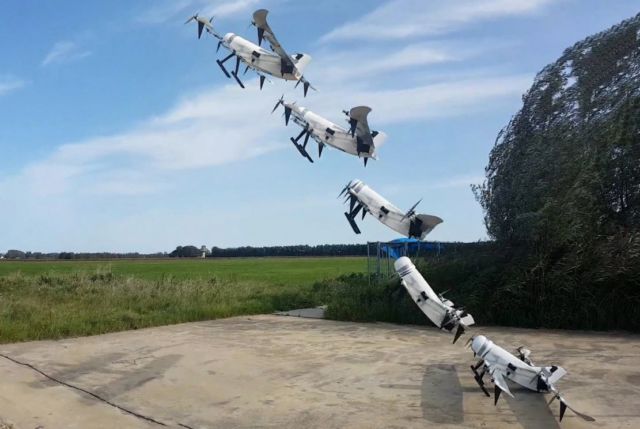
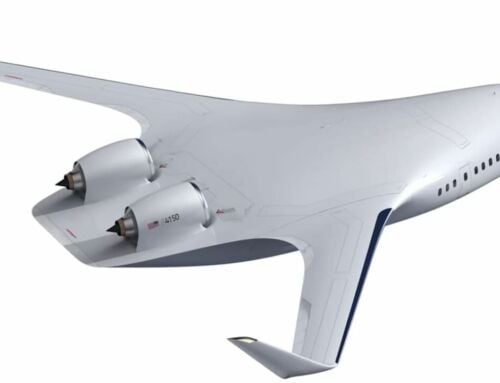
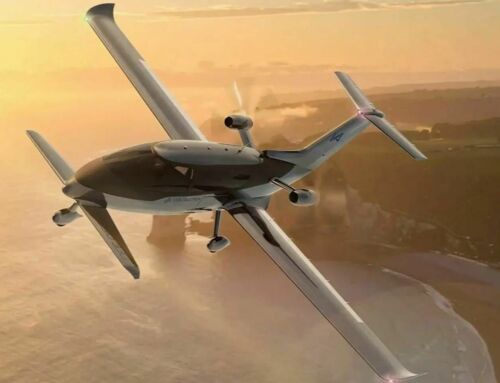

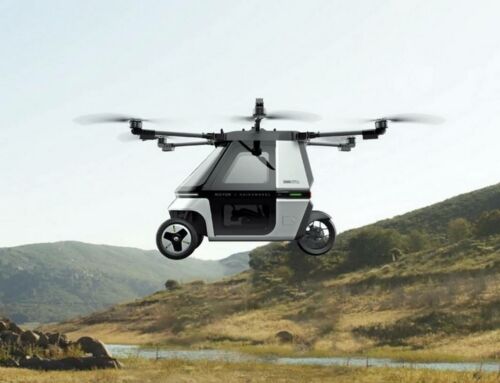
Leave A Comment